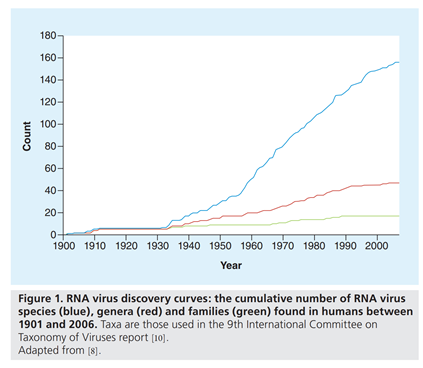
So post-workshop, the World Meteorological Organization's Task Team on COVID-19 and Climatic, Meteorological, and Environmental Factors has published some guidance on how to do the science. It's nice, but missing the words "talk to an epidemiologist"
nature.com/articles/s4146…
nature.com/articles/s4146…
It's tough. I appreciate what they've done here, and they very clearly nod to our piece on how climate-but-not-epidemiology experts got things wrong. But I also still think, 10 months in, the magic words are "talk to an epidemiologist about your understanding of the system."
This is particularly salient given that they actively encourage scientists to do public facing communication that "...includes informing media outlets or policy makers of dissenting views and encouraging the presence of multiple voices in coverage of their work."
All the heavy lifting of epidemiology, as the salient discipline on pandemic dynamics and on *interpreting the case data you're working with*, is left to one bullet point: "Includes relevant non-environmental factors."
Our piece is here. Please talk to epidemiologists before you decide to work on COVID-19. Bring them onto your team.
nature.com/articles/s4146…
nature.com/articles/s4146…
• • •
Missing some Tweet in this thread? You can try to
force a refresh



